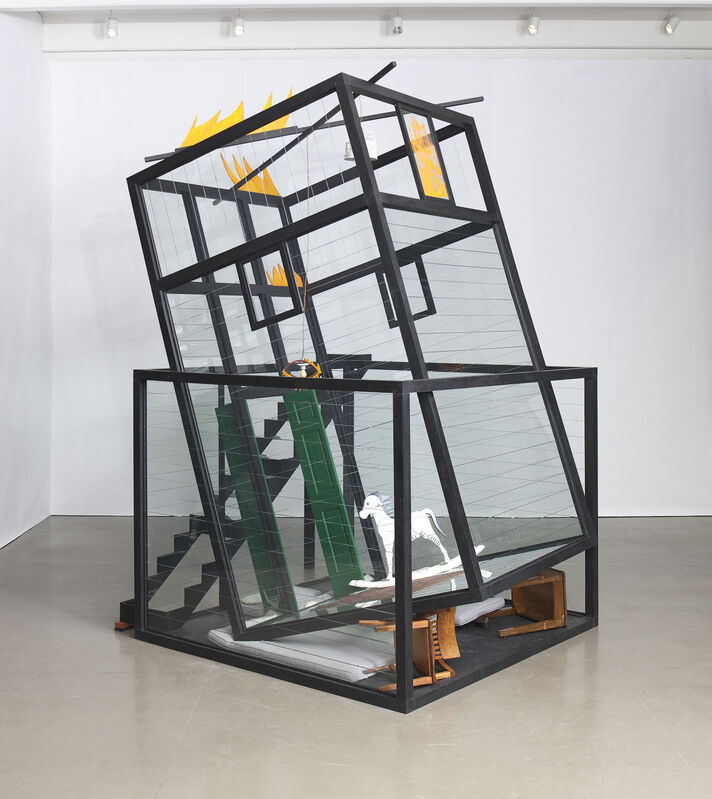5 Reasons to Take Part in Wrocław Off Gallery Weekend
Wrocław Off Gallery Weekend is a unique event that is organized in Wrocław, Poland on the October 18–20, 2024. It networks and unites various...
Guest Profile 16 October 2024
It’s high time to learn more about Iran and its contemporary artists. Meet Siah Armajani (1939–2020). His works are known across the United States, Europe, and Iran, as he specialized in architecture and installation art. He often drew inspiration from the traditions of Iran as well as European art history.

His first works were closely linked to his national heritage. In Shirt #1 from 1958, he completely covered his father’s suit jacket with inscriptions of talismanic texts, folk poetry, and verses by the Persian poet Hafez. The work was inspired by his trips through southern Tehran, where he observed the scribes and “spell-makers” at work. The freedom of this calligraphic scrawl is characteristic of his early works.

As Armajani emigrated to the US when he was 21 to attend college, his art turned more towards installation art and architecture. His first big commission was the Olympic Torch for the Olympic Games in Atlanta in 1996.

In 1996, Armajani completed his commission for a lighthouse and a bridge for Staten Island in North Shore Esplanade at St. George’s Ferry Terminal. The lighthouse and bridge are meant to redirect the viewer’s attention to the larger context of the neighborhood as they embrace the river, the plaza, and the neighborhood and try to tune into a way of life by providing ornament and a “background mood,” as the artist said.

Armajani’s projects often addressed social and political issues. The biggest controversy aroused around this work, Fallujah, which was a commentary on the American intervention in Iraq, in particular the Second Battle of Fallujah in 2004 during the Iraq War, and subsequently was censored in the US. The rocking horse, light bulb, and cut-out flames are directly inspired by the iconography of Pablo Picasso’s Guernica, which therefore make it a universal piece that refers to atrocities of war in general, as the remains of defunct furniture and the house’s collapsing structure suggest the violence that has passed through, without explicitly showing it.
DailyArt Magazine needs your support. Every contribution, however big or small, is very valuable for our future. Thanks to it, we will be able to sustain and grow the Magazine. Thank you for your help!